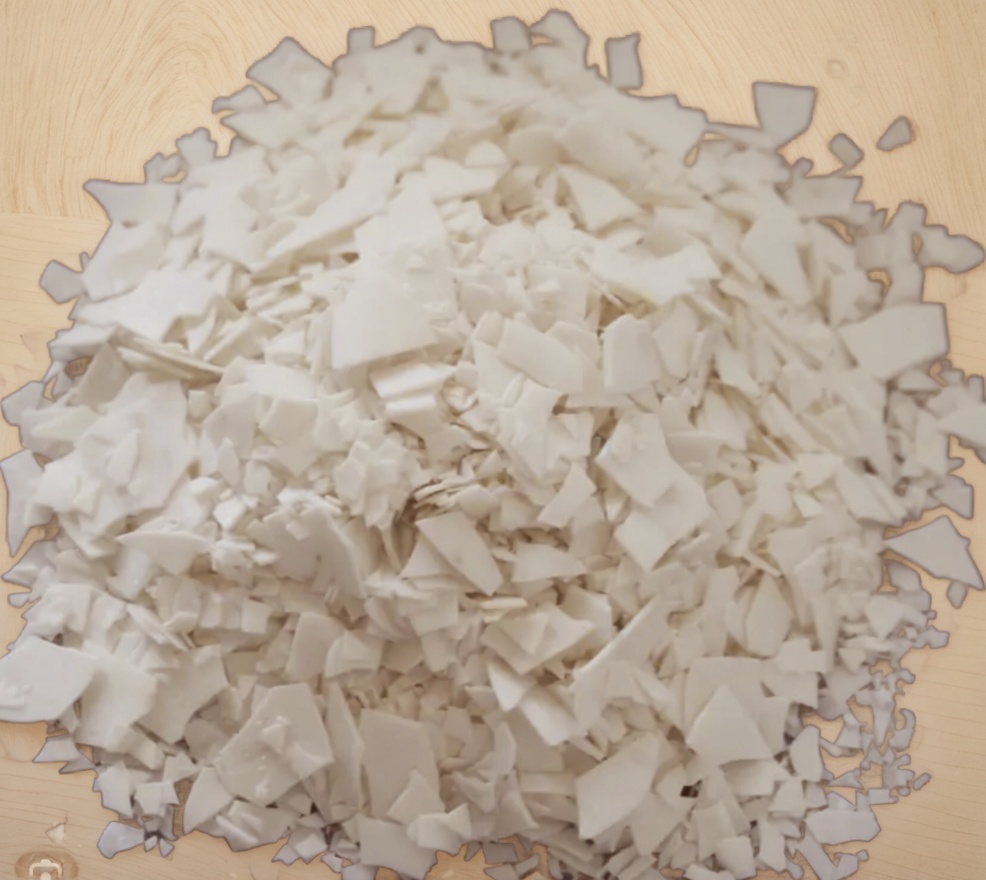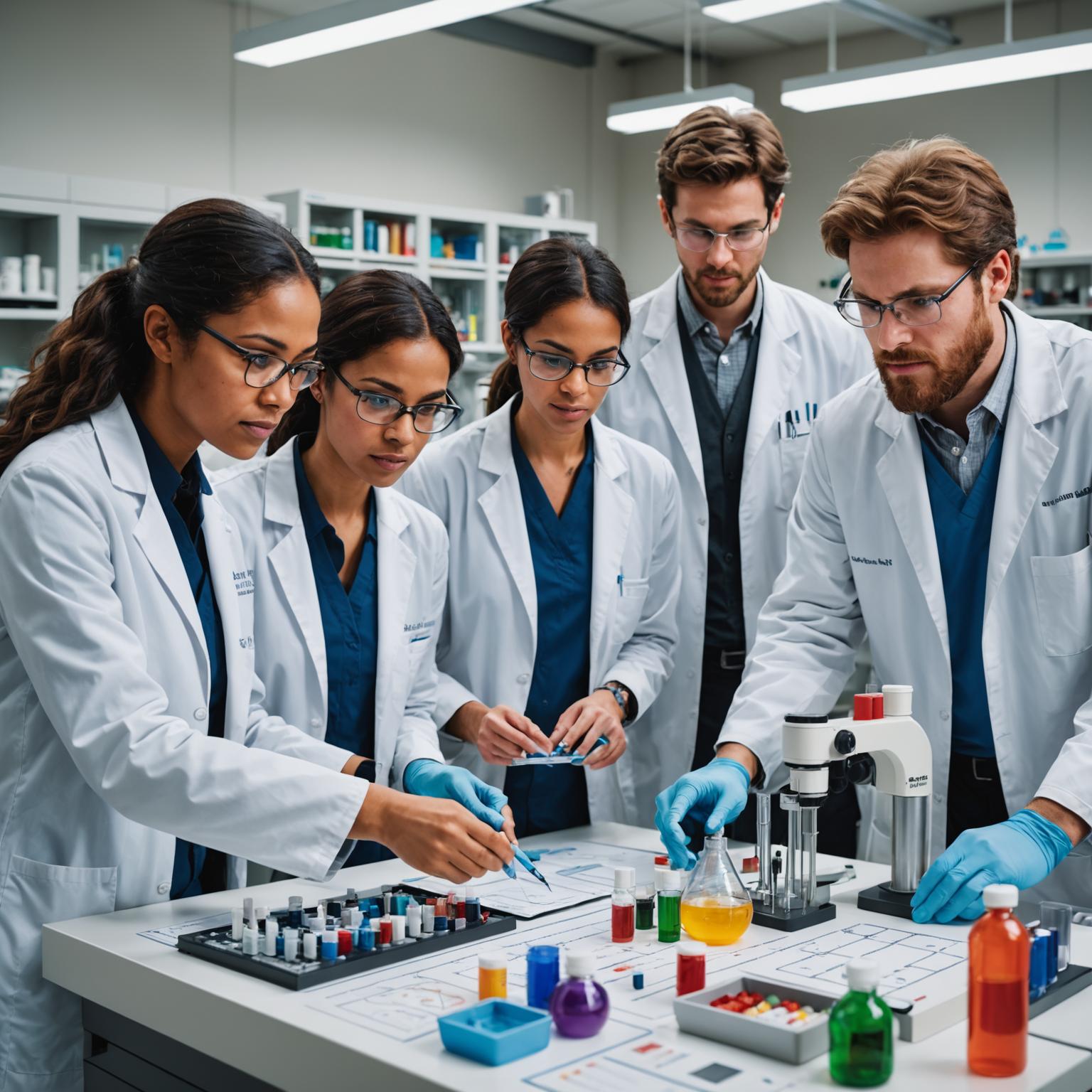Polyvinyl Chloride, or PVC, is one of the most versatile and widely used polymers in the world, forming the backbone of countless products we rely on daily, from durable construction pipes and window frames to flexible medical tubing and resilient flooring. However, this remarkable material has an inherent vulnerability: it is susceptible to degradation when exposed to heat during processing or to environmental factors like UV light over its service life. This is where the indispensable role of a pvc stabilizer comes into play. These critical additives are the silent protectors of PVC, masterfully engineered to counteract the degradation process, thereby ensuring the structural integrity, aesthetic appeal, and long-term performance of the final PVC product.

The Unseen Guardian: Understanding the Role of PVC Stabilizers
The process of PVC degradation is a chemical cascade, primarily initiated by heat. This energy input causes a dehydrochlorination reaction, where hydrogen chloride (HCl) gas is stripped from the polymer chains. This initial release of HCl is autocatalytic, meaning it speeds up the degradation of surrounding polymer chains, creating a runaway effect that leads to severe discoloration, embrittlement, and a catastrophic loss of mechanical properties. A pvc stabilizer acts as a multi-faceted guardian against this collapse. Its primary function is to be a scavenger, actively seeking out and neutralizing the initial molecules of HCl as they form, effectively breaking the chain reaction before it can propagate. Furthermore, advanced stabilizer systems can offer secondary benefits, such as replacing unstable chlorine atoms on the polymer chain with more stable groups, providing antioxidant properties to prevent oxidative damage, and even absorbing harmful UV radiation that can initiate degradation in outdoor applications. They are, in essence, the molecular bedrock that gives PVC its resilience and longevity.
A Spectrum of Solutions: Traditional and Modern Stabilizers
Historically, the industry relied heavily on lead-based compounds as a primary pvc stabilizer. These materials were celebrated for their exceptional heat stability, wide processing window, and cost-effectiveness, making them a default choice for applications like pipes and wire insulation. However, growing awareness and stringent regulations concerning the toxicity and environmental impact of heavy metals have led to a significant global shift away from lead. The industry has since pivoted towards more sustainable and safer alternatives, ushering in an era of advanced chemical innovation. The focus has moved to creating systems that deliver comparable or even superior performance without the associated environmental and health risks, reflecting a more responsible approach to polymer science.
The Rise of Eco-Conscious Chemistry: Modern Stabilizer Systems
Leading the charge in modern stabilization are mixed-metal systems, most notably Calcium-Zinc (Ca/Zn) stabilizers. These formulations are a sophisticated blend of calcium stearate, zinc stearate, and a variety of organic co-stabilizers that work in synergy to provide robust protection. The zinc component acts as the primary HCl scavenger, while the calcium component regenerates the zinc chloride, creating a highly efficient protective cycle. These systems are prized for their excellent toxicological profile and are widely used in everything from rigid profiles and siding to flexible films for packaging. Alongside them, organotin stabilizers, particularly those based on methyltin or octyltin mercaptides, offer unparalleled clarity and high heat stability, making them the premier choice for transparent and demanding applications like crystal-clear sheeting and bottles. The latest frontier is the development of Organic Based Stabilizers (OBS), which are completely free of any metal, offering a powerful solution for the most sensitive applications, including medical devices and food contact materials.
Choosing Your Partner: What to Look for in PVC Stabilizer Suppliers
For any manufacturer, the selection of a stabilization system is a critical decision that directly impacts product quality and process efficiency. This makes the choice of pvc stabilizer suppliers equally important. A premier supplier offers more than just a product; they provide a partnership built on technical expertise and reliable support. Key attributes to look for in pvc stabilizer suppliers include a deep understanding of polymer chemistry, a commitment to rigorous quality control for product consistency, and comprehensive regulatory knowledge to ensure products comply with global standards like REACH and RoHS. The best suppliers work collaboratively with their clients, helping them fine-tune formulations to meet specific performance requirements, optimize processing conditions, and navigate the complexities of an ever-evolving regulatory landscape.
The Foundation of Quality: Raw Materials in Stabilizer Production
The ultimate performance of any high-tech additive is intrinsically linked to the purity of its foundational components. The synthesis of many high-performance stabilizers, especially the metal soaps central to Ca/Zn systems, is a meticulous process. It often involves a reaction where a pristine, highly reactive alkali is required to produce the metallic salt with optimal efficacy. Using a superior grade of a chemical like sodium hydroxide, for instance, in its purest flake form, ensures a complete and clean reaction. This results in a final pvc stabilizer that is free from undesirable by-products and impurities, delivering consistent and impeccable performance batch after batch. This commitment to using the finest raw materials is a hallmark of quality-focused manufacturers, as it is the very first step in building a stabilizer capable of protecting and enhancing the final polymer product.
Conclusion: Enabling Innovation and Durability
In the vast and varied world of plastics, PVC stabilizers are far more than simple additives. They are enabling technologies that unlock the full potential of PVC, transforming it into the durable, reliable, and aesthetically pleasing material we see all around us. From the pipes beneath our cities to the packaging that protects our food, their protective influence is fundamental. As the industry continues to push the boundaries of performance and sustainability, the ongoing innovation in stabilizer chemistry will remain a driving force. Partnering with knowledgeable and forward-thinking pvc stabilizer suppliers is therefore essential for any manufacturer looking to not only meet the demands of today but also to innovate for the challenges of tomorrow, ensuring their products are safe, effective, and built to last.

